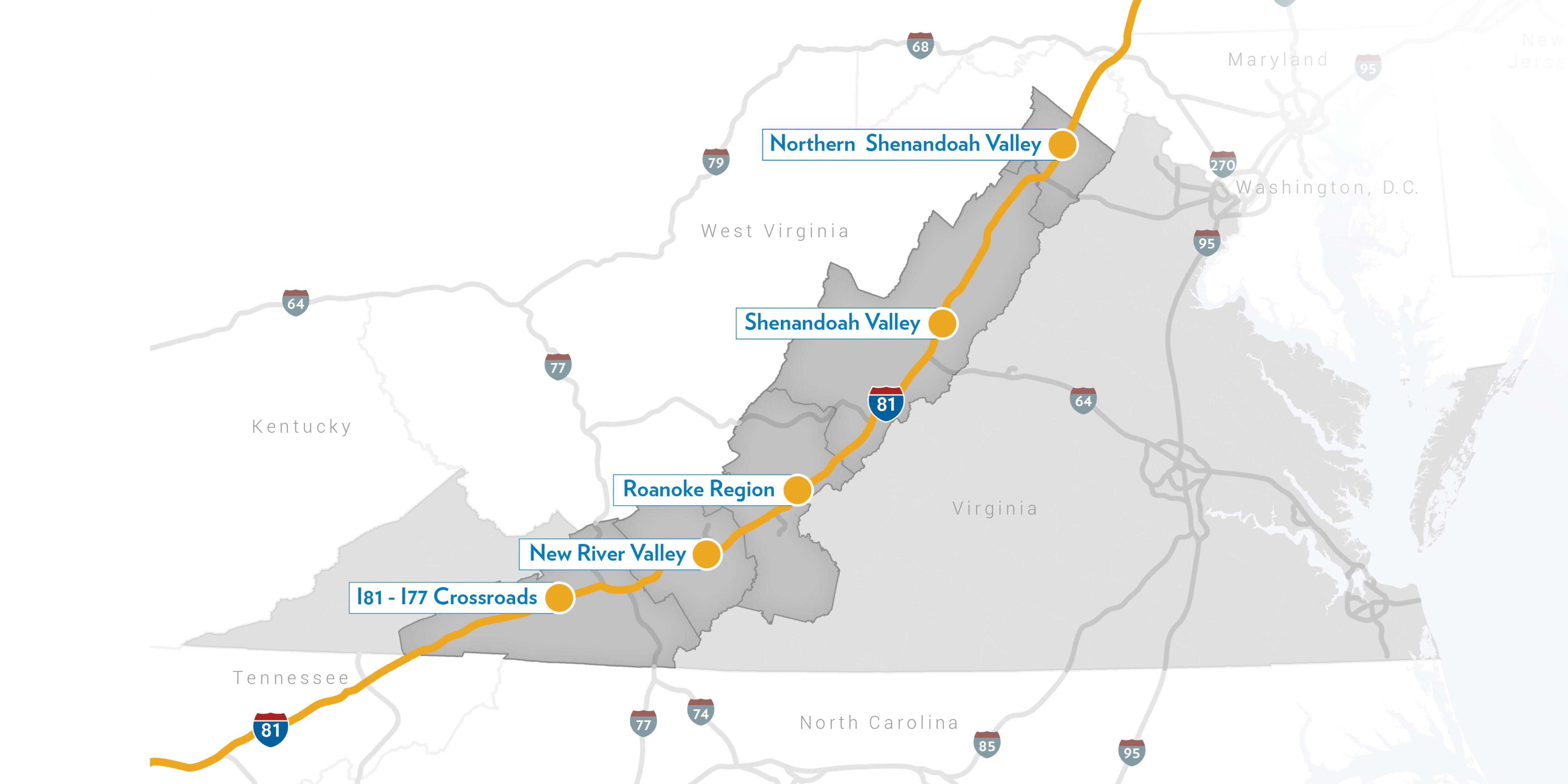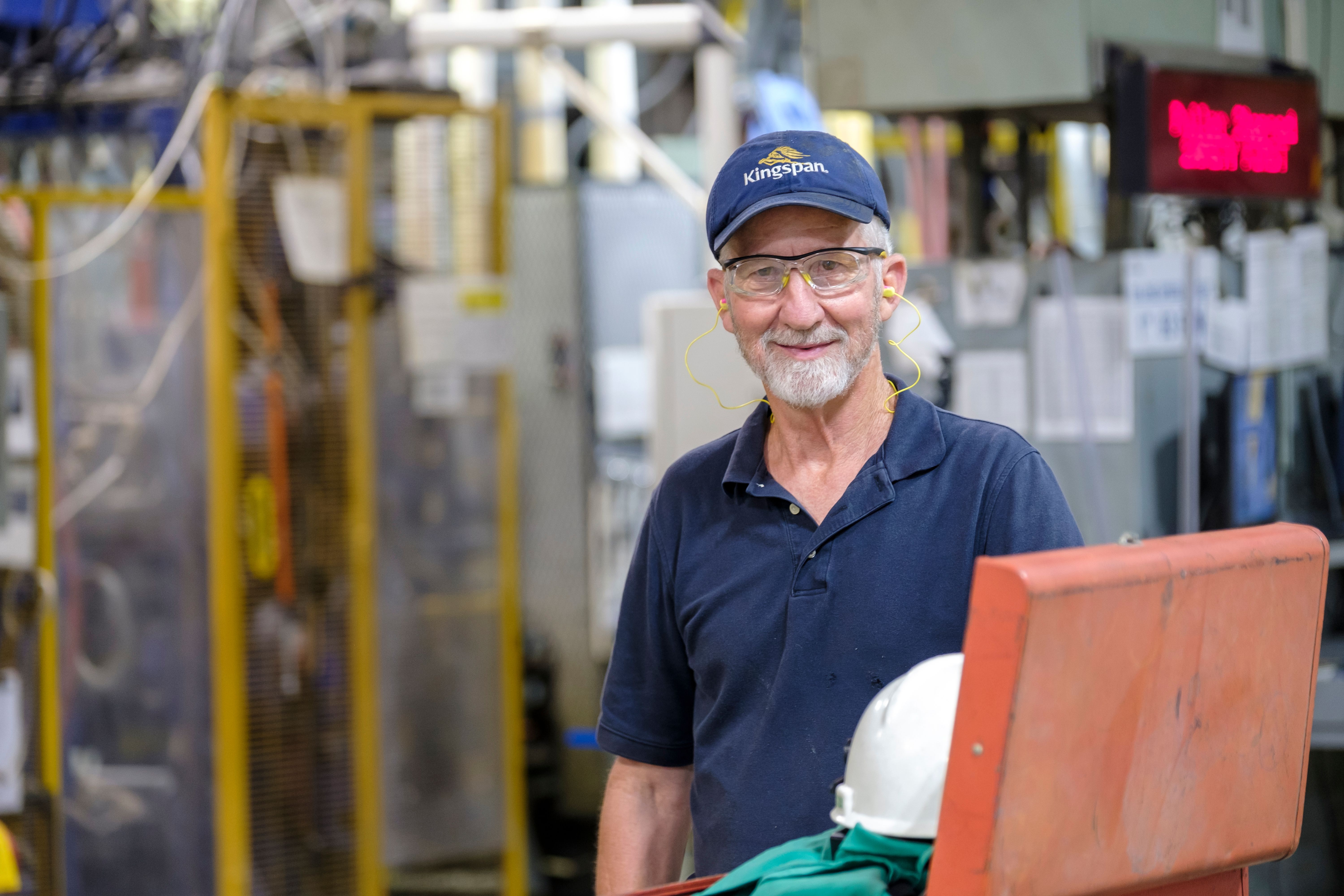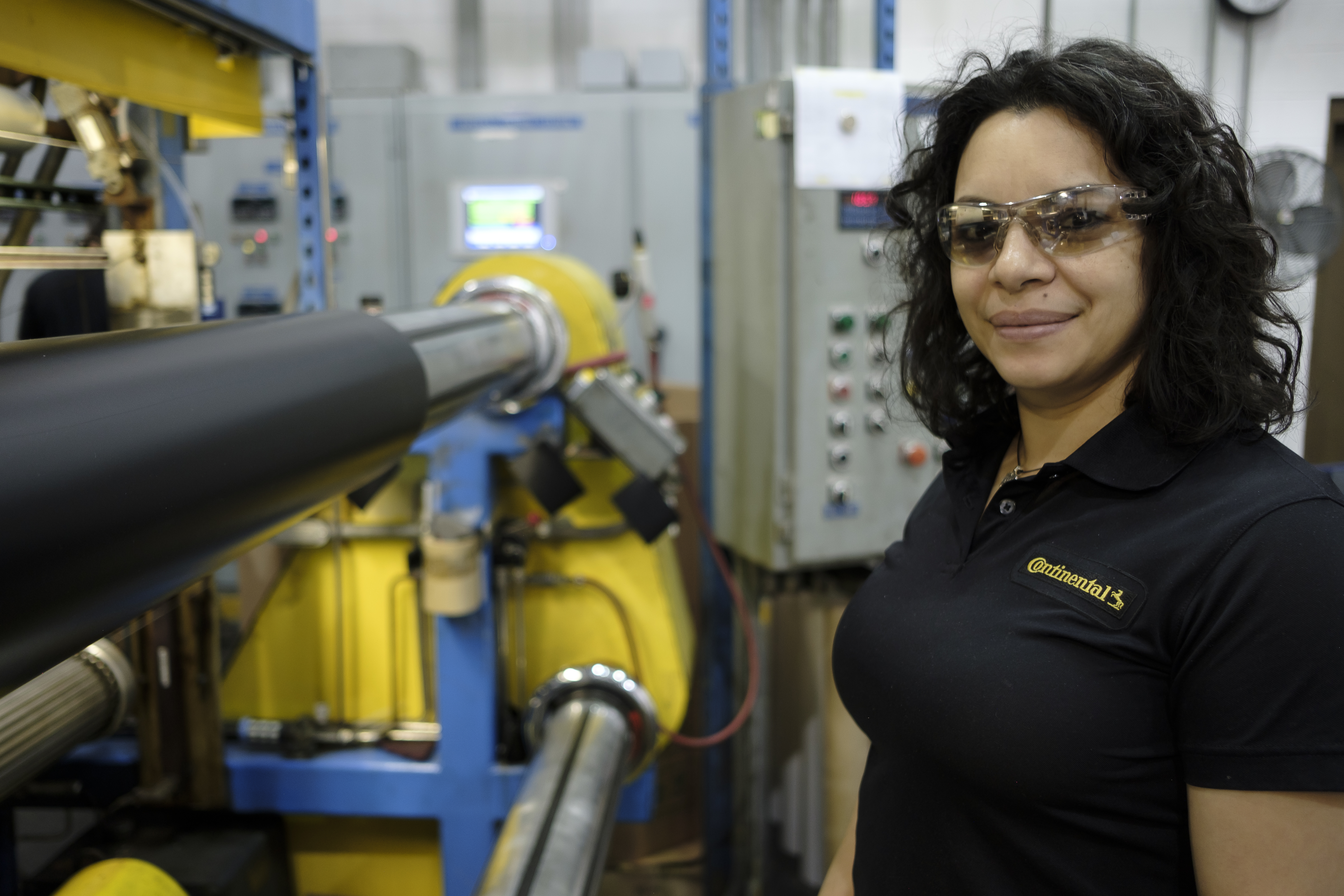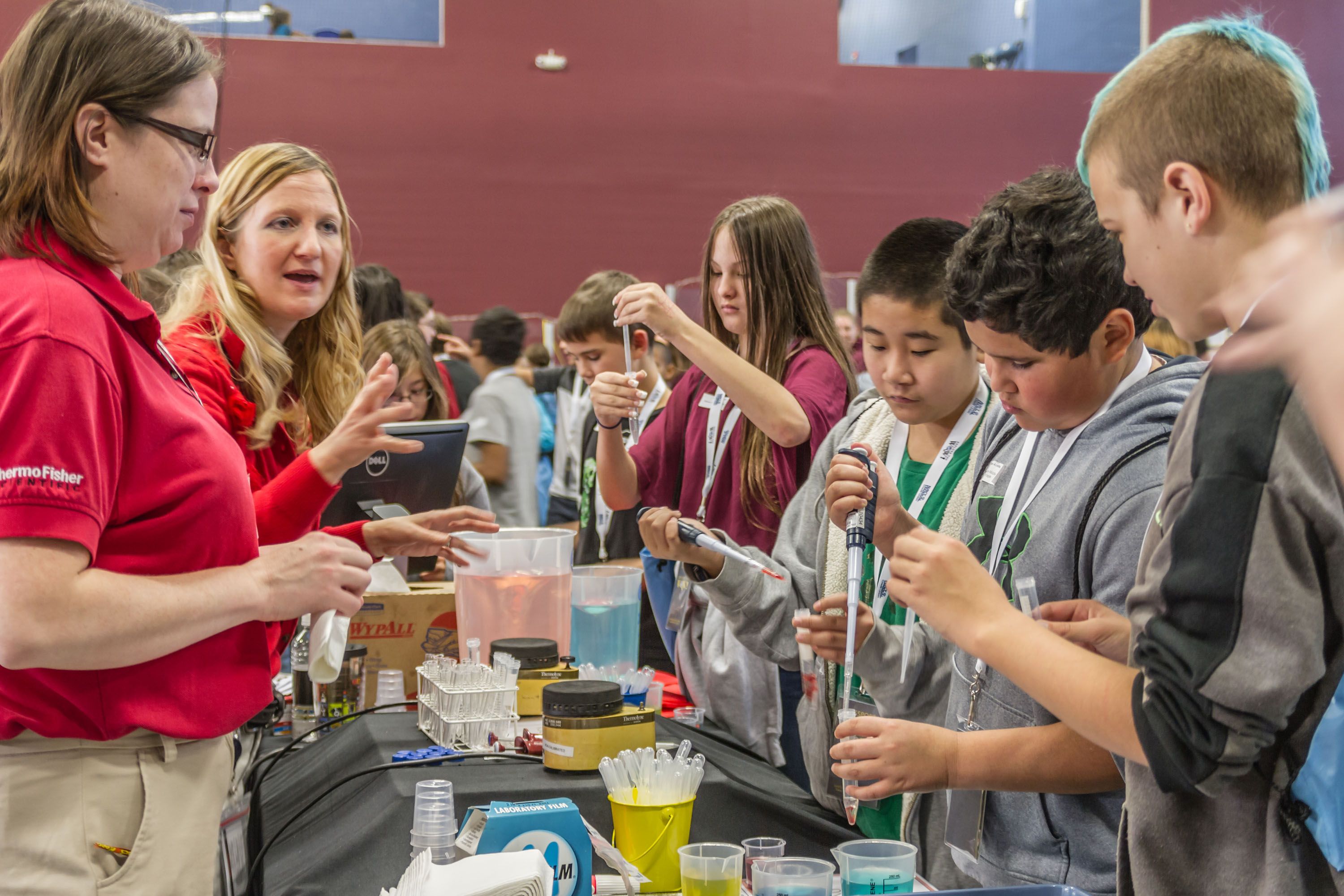The Northern Shenandoah Valley: Setting the Stage for Continued Manufacturing Success
While many drivers along the Interstate 81 Corridor focus on the beauty of the surrounding mountains, I-81 is the backbone that connects a thriving manufacturing industry. Unlike many interstate systems, I-81 circumvents major metro areas to connect smaller and mid-size cities. But throughout those cities and scenic stretches of Blue Ridge beauty are manufacturing operations that support one another and buyers around the world. A journey along I-81 reveals just how impressive a package Western Virginia offers manufacturers in almost any industry looking for a supportive region in which to expand.
At the northernmost point of the I-81 corridor in Virginia, the Northern Shenandoah Valley is growing fast. The region’s population is projected to grow by more than 40% by 2030, and it’s easy to understand why. A mere 70 miles outside of Washington, D.C., the region’s mountain vistas are easily accessible to city dwellers and commuters. But that combination of accessibility and an available workforce also makes the area attractive to manufacturers.
Infrastructure is a major advantage for the region that encompasses Clarke, Frederick, and Warren counties and the City of Winchester. The Virginia Inland Port in Front Royal provides intermodal transportation service and connections to ocean shipping and U.S. Customs clearance. Washington-Dulles Airport, a major international gateway, is less than an hour’s drive away.
The region offers quick access to the nation’s capital and other major metro areas. The area draws from an extended labor force of over 500,000 that supplies a pipeline of talent for the diverse industry base. “Businesses know we’re committed to creating a skilled workforce and often share with their out-of-state colleagues and headquarters that we’re well ahead of other regions with planning and program implementation,” said Patrick Barker, executive director of the Frederick County Economic Development Authority. Barker added, “Our qualified and reliable workforce was a deciding factor in recent expansions.”
Barker noted that Winchester Metals’ decision to expand its Virginia plant in 2017 was based in part on the abundance of support for training new and existing workers. The addition of laser/punch combination equipment expanded capacity and allowed for the addition of a third shift and 17 new jobs. In addition, the company retrained 29 existing employees to operate new robotics systems. Company President Josh Phelps explained that these investments, the largest in the company’s 42-year history, were made possible with the Virginia Jobs Investment Program (VJIP).
Toray Plastics America Inc. shares a similar story. In 2016, the company invested $45 million to expand its Front Royal facility. The global manufacturer of high-performance synthetic fibers and textiles added capability and a new production line and created 30 new jobs in the process.
Workforce development and existing industry engagement is a cornerstone of economic development here. The region launched a number of activities and competitions to get local youth thinking about local careers. For example, the Frederick County EDA’s Career Pathway program has connected students with career paths for more than 20 years. The focus began with on-site industry tours for middle and high school students, providing an inside look at career opportunities and the education and training needed to work in those careers. The Career Pathways program has grown to include The Widget Cup® competition, an annual design/build event for local high school career technical education students where they design, build, and present a predetermined widget for a local customer, all within a six-hour window.
As Career Pathways continued to grow, the Frederick County EDA sought a way to bring together business and education leaders to identify barriers to workforce development. These regional conversations resulted in the creation of The Workforce Initiative. This partnership seeks to bring together businesses, public schools, colleges and universities, nonprofits, and government agencies to grow the skilled workforce by 2023 to better meet the needs of local employers and ensure the community is supportive of all career paths. The goal is to close the skills gap for businesses like manufacturers with a focus on training for technical skill sets. The Initiative emphasizes work-based learning through internships, apprenticeships, mentorships, and more to build awareness of the types of careers and workplace experiences available in the region.
Another initiative, Manufacturing Week, aims to raise awareness of local career opportunities in manufacturing to middle and high school students across the region by providing an inside look at 24 area manufacturers. Winchester’s Employer Expo, targeted for those actively seeking employment, encourages students to attend. The regional comprehensive hiring event features companies with immediate openings, professional workshops to help applicants get hired, and resource areas featuring fast-track training providers. And then there’s WoW! The Worlds of Work Expo, a career exploration event that gives approximately 3,000 local seventh graders a sense of what a future in 10 industry sectors looks like.
“WoW! helps students direct their interest and aptitude, and tours provide a glimpse into the real work world,” Barker explained.
The event is billed as a hands-on exploration of industry careers. Students can climb into heavy equipment and manipulate machinery as they talk to local manufacturers about the skill sets they’d need to pursue various career paths.
Since its inception, the EDA’s Career Pathways program, through tours, The Widget Cup, Workforce Initiative events, and partnership in the annual Worlds of Work, has engaged more than 15,000 students, 1,500 educators, and 550 businesses.
“The key to our success is communication, partnership, and collaboration,” said Barker. “Businesses know we’re committed to this work and have invested in all of our programs.”
The same could be said along the entire Interstate-81 Corridor. Investments in infrastructure and workforce development are giving the Commonwealth’s western population the tools they need to compete on a global scale.










